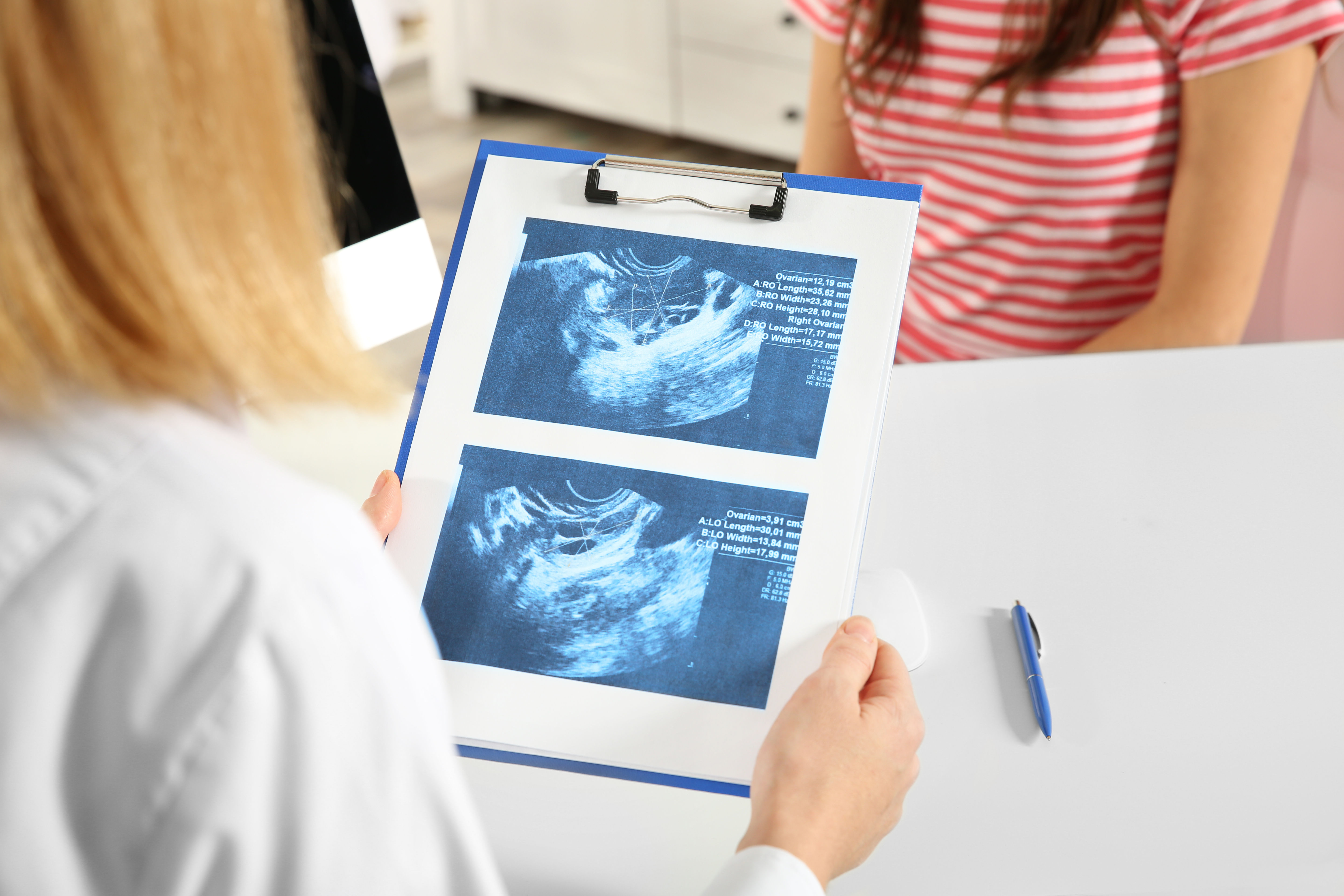Cervical pregnancy is a rare and dangerous form of ectopic pregnancy that can be treated surgically or conservatively. It is the rare implantation of a fertilized egg in the endocervical canal and accounts for less than 1% of all ectopic pregnancies.
A lot of women often face obstacles in health care that may result in high-risk pregnancies such as cervical pregnancies. In previous experiences with various healthcare systems, reproductive health services play an important role in monitoring these complicated pregnancy-related diseases. Detailed pregnancy history and physical examination should be done in women who have a high risk for ectopic pregnancies. Cervical pregnancies are also viewed as ectopic pregnancies and should be treated as such. Common risk factors for cervical pregnancies include higher maternal age, previous ectopic pregnancies, previous pelvic or abdominal surgeries or procedures, abortions, tubal ligations or IUD insertions, smoking, endometriosis and the use of fertility drugs.


